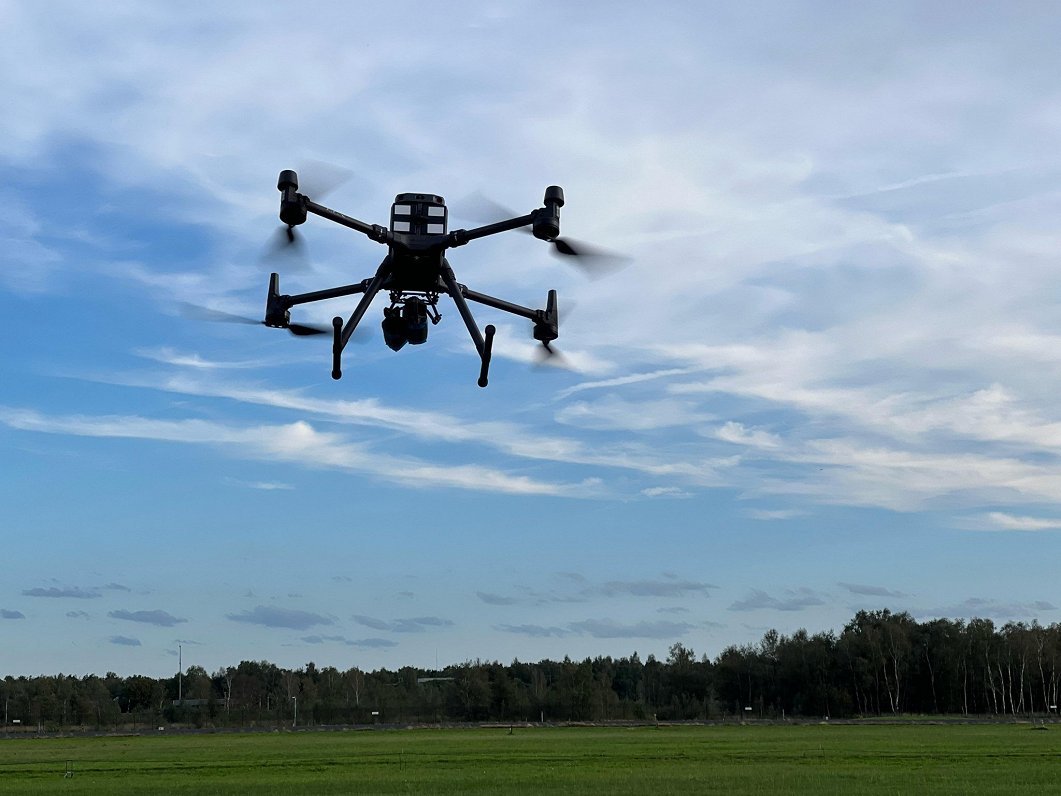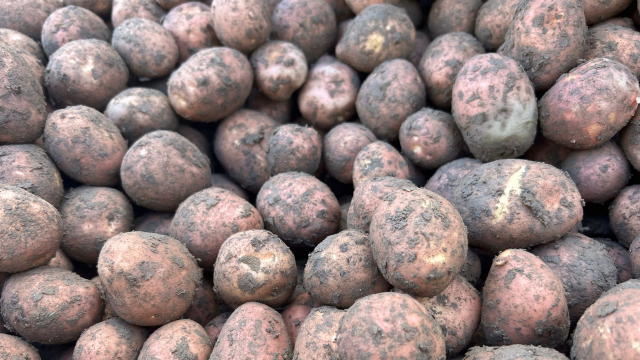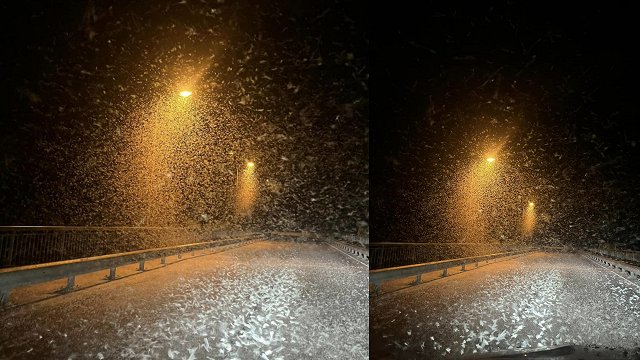In Kurzeme, the Agricultural Service Cooperative Society "Durbes Grauds", in cooperation with the Rural Advisory Center, held a demonstration of the use of drones in agriculture. Currently, more than 10 farms in Latvia use drones, but in the near future these technologies could be used much more often, as they are more environmentally friendly and drones can be used in wet weather when tractors cannot be driven. Farmers believe that the drone is another tool for farming in the near future and can also be used to control snails and even weeds.
The weather is a bit windy in Lieģi, near Durbe, but a drone can take off and fly over a rapeseed field. Due to the wind speed, the drone is lifted only two meters above the growing rapeseed and works on a four-meter-wide area, this time using water. The field is programmed and all that is left to do is watch the drone do its job.
The drone demonstrations are taking place in the Durbes Grauds area. Jānis Pelnēns, agronomist at Durbes Grauds, explains why this technology is attractive to farmers:
"The drone can change things, for example, as we can see, during flowering and after flowering it would be necessary to fight [parasites], we go through this rape field with sprayers. That would be a prospective use. Here, of course, the amount of water we use per hectare is reduced. We have our vision, but how it will develop is something we are still looking at and studying."
"Underneath it all, there's the economic background, because a drone uses less energy than a tractor, the reduction in CO2 emissions, everything to do with nature," Aleksejs Kočanovs, head of the Liepāja office of the Rural Advisory Centre, said.
"For example, GPS technology determines which part of the field has already been misted, that it has not been misted again, or fertilizers have been spread and so on. All these requirements are in line with the possibilities to get additional funding in the form of projects, to attract investment, but also with additional opportunities in the context of eco-schemes, where there is also support in this direction."
The Durbes Grauds cooperative has not yet decided whether it will buy such equipment, but the chairman of the board, Sandris Bečs, admits that drones could be used in the future to combat hogweed.
"At the moment I see the fight against hogweed because it is insane work to dig them out with a shovel, like fighting a windmill. There are technologies for spraying, what preparations to use, which can eradicate hogweed very successfully. This can be used to get to hard-to-reach places. For example, in ruins, where they usually like to grow. If done at the right time, this would be a great help."
Edgars Kārkliņš, a farmer from Vecpils parish, also believes that these possibilities should be used. "It is definitely the future, even the present, in the US it is already happening. It will happen."
On average, a drone costs around €40 000. Farmers see the drone as another tool for farming in the near future, and it can also be used to combat snails. As for pesticide application by drones, the agronomist explains that it is slowly catching on in Europe, for example in Romania. At the moment, research is being carried out on which pesticides can be used with reduced water. In Latvia, drones are currently being used for micronutrient and intercrop sowing, in coordination with the State Plant Protection Service and the Civil Aviation Agency.






























